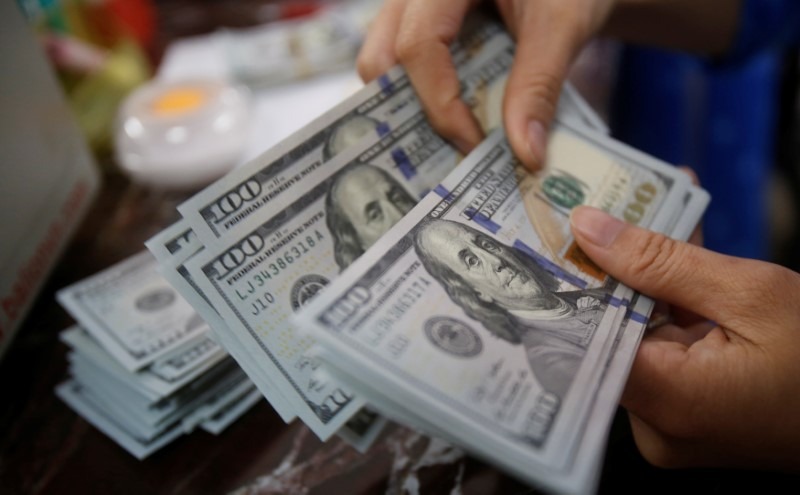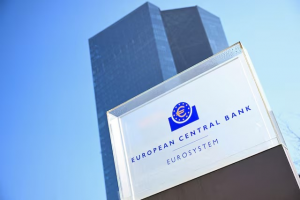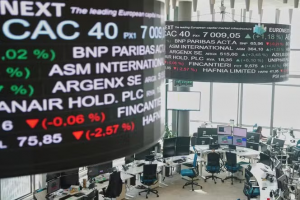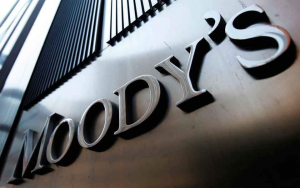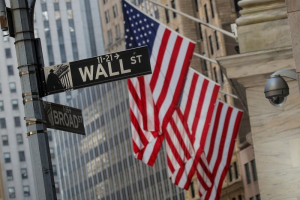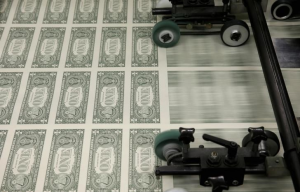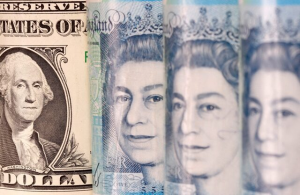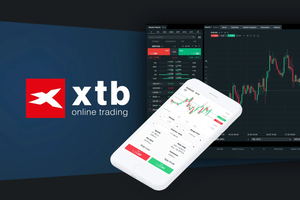The U.S. dollar edged lower Tuesday, with investors seemingly wary of putting money into U.S. assets given growth concerns on the back of President Donald Trump’s volatile trade policies.
At 04:30 ET (08:30 GMT), the Dollar Index, which tracks the greenback against a basket of six other currencies, dropped 0.2% to 99.420, having fallen 4.3% in April, the largest monthly decline in over two years.
Dollar wary ahead of Fed decision The greenback has handed back a lot of last week’s push higher given the lack of concrete details on any trade deals between the U.S. and its partners, which has dulled the optimistic sentiment following Beijing’s statement that it was considering Washington’s offer for trade talks.
Additionally, traders are marking time ahead of the Federal Reserve’s policy decision on Wednesday, with the U.S. central bank starting its two-day meeting later this session.
The Fed is widely expected to keep rates unchanged this week, and traders will be listening out for comments about the potential impact on the economy of the Trump administration’s trade policies given this will be the first policy meeting since the start of the trade war.
“We expect Chair Jerome Powell to keep resisting the pressure from the Trump administration to cut rates,” said analysts at ING, in a note. “Powell recently emphasised that the US cannot maintain a strong labour market without price stability, and our view is still that the first rate cut may only come in September, while markets currently price in 23bp for July.”
3rd party Ad. Not an offer or recommendation by Investing.com. See disclosure here or remove ads. Euro helped by PMI growth In Europe, EUR/USD traded 0.3% higher to 1.1343, with the single currency benefiting from the dollar weakness.
Also, sentiment received a boost after April’s purchasing managers’ index for the eurozone showed the region’s economy in expansion territory, with the composite figure coming in at 50.4, just above the key 50 level that separates contraction and expansion.
Crucially, the dominant German economy also expanded, with its composite index at 50.1, above the 49.7 expected.
However, “the majority of EUR/USD moves still depend on market sentiment on USD-denominated assets,” ING added. “The 1.130 level remains the anchor in EUR/USD – a decisive break lower can see the 1.120 support being cleared soon.”
GBP/USD edged 0.2% higher to 1.3324, ahead of this week’s policy meeting by the Bank of England.
The central bank is widely expected to cut rates by 25 bps, and “we expect an 8-1 vote split (one vote for a 50bp cut) and no changes in forward guidance (future cuts to be “gradual and careful”),” said ING.
Yuan rebounds after holiday Elsewhere, USD/JPY traded 0.5% lower to 143.02, with these yen gains adding to an advance of 0.9% in the previous session, although volumes have been hit by a Japanese holiday.
USD/CNY traded 0.8% lower to 7.2145, following the reopening of trade after an extended break, its lowest level since late-March.
3rd party Ad. Not an offer or recommendation by Investing.com. See disclosure here or remove ads. The currency largely firmed past private purchasing managers data that showed services activity grew less than expected in April, boosted chiefly by Beijing signaling that it was evaluating proposals from U.S. officials for trade talks, after the U.S. and China became embroiled in a bitter trade dispute in April.
USD/TWD rose 2.7% to 29.959, with the Taiwanese dollar having leapt 8% in the previous two days to a three-year high.
The currency is at the heart of a potential unwinding in long-dollar positions among Asian currencies, which could also support other units in the region.

